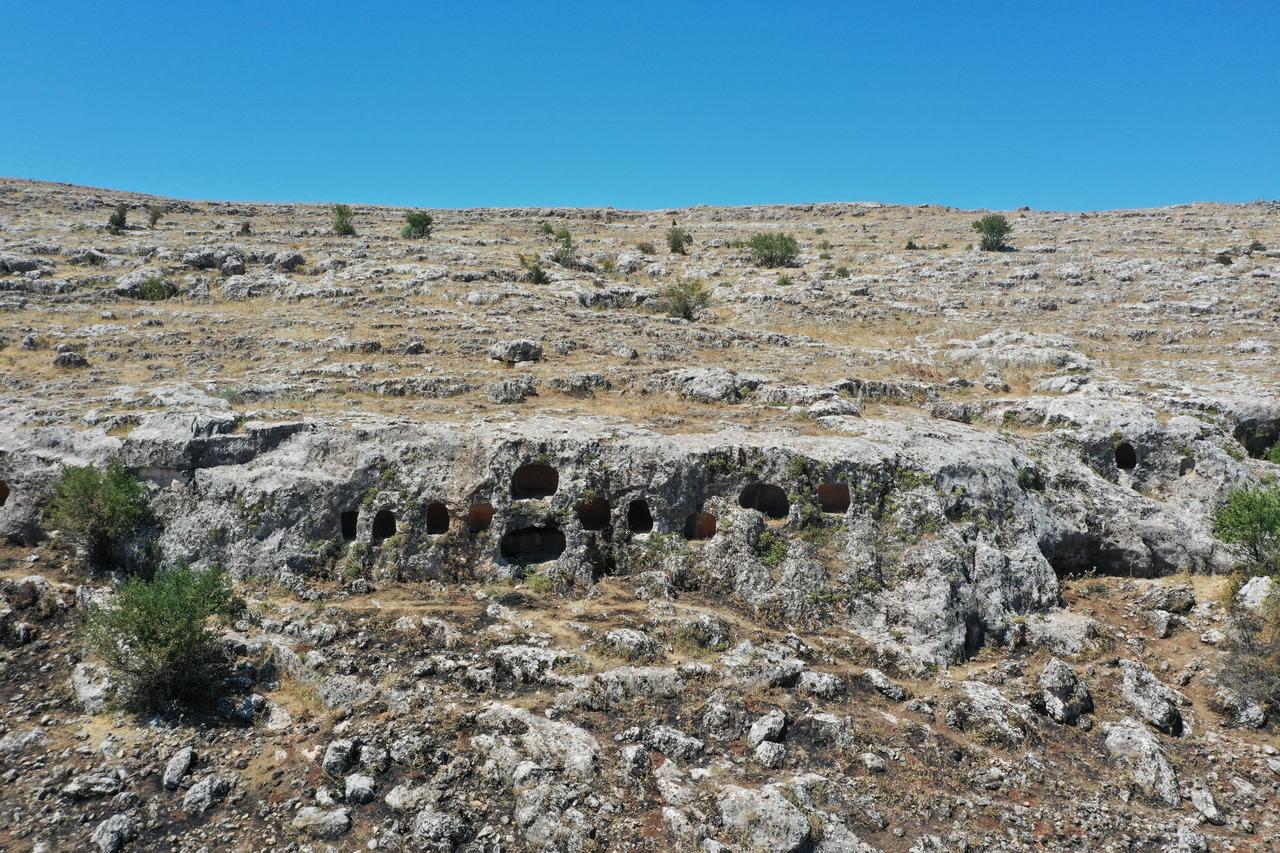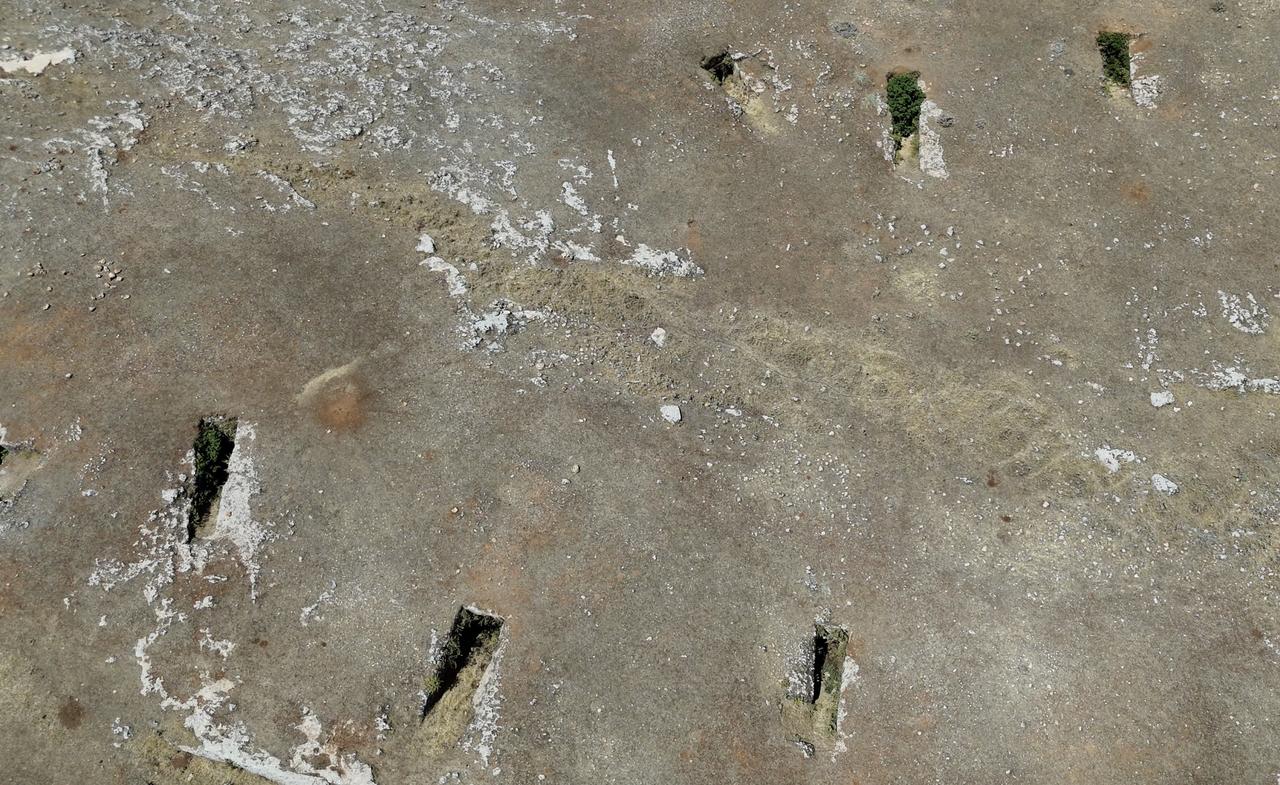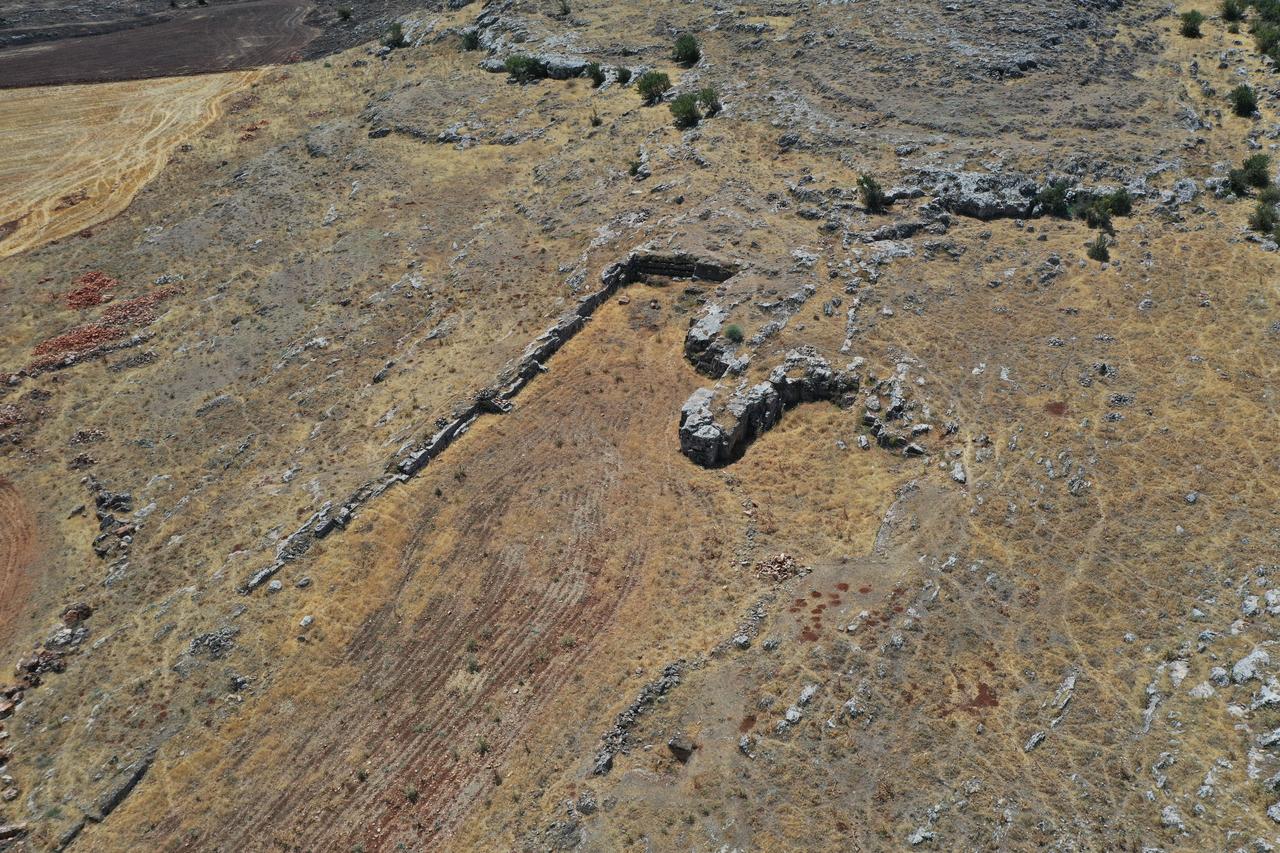
Adiyaman's Besni district has become the focus of new archaeological interest following the discovery of previously undocumented burial structures and settlement layers in the rural area of the village of Comak. The site, which extends across approximately 50 hectares, is now under close examination by the local authorities.

The ongoing fieldwork is being conducted by teams from the Provincial Directorate of Culture and Tourism. According to Mehmet Alkan, director of the Adiyaman Museum, the burial structures unearthed in the area belong to the Roman period.
Alkan pointed out that these newly identified tombs represent a type that has not previously been encountered in the region, adding to the architectural diversity of Adiyaman’s archaeological landscape.
While the tombs date to the Roman era, the area also yielded signs of much earlier human activity. Surface surveys revealed settlement traces that can be attributed to the Late Bronze Age, a period that roughly spans from 1,600 to 1,200 B.C.
This finding, Alkan noted, indicates a long history of uninterrupted habitation in the area, highlighting its potential significance for understanding multi-period occupation patterns in southeastern Türkiye.

Authorities have initiated the necessary legal procedures to protect the site, which could become the largest officially registered archaeological zone in Adiyaman once its status is confirmed. However, Alkan expressed concern over visible damage at the location, emphasizing the importance of securing the area against further harm.
“Unfortunately, we have encountered some traces of destruction. This is why the protection process is of great importance,” he said. He added that exploration efforts are still ongoing.